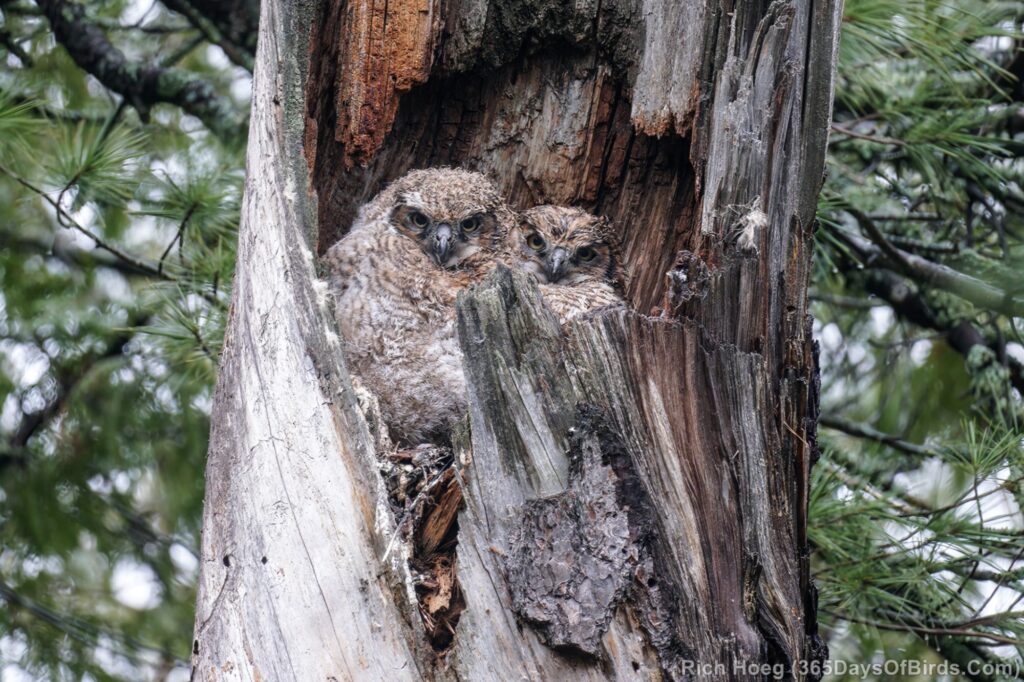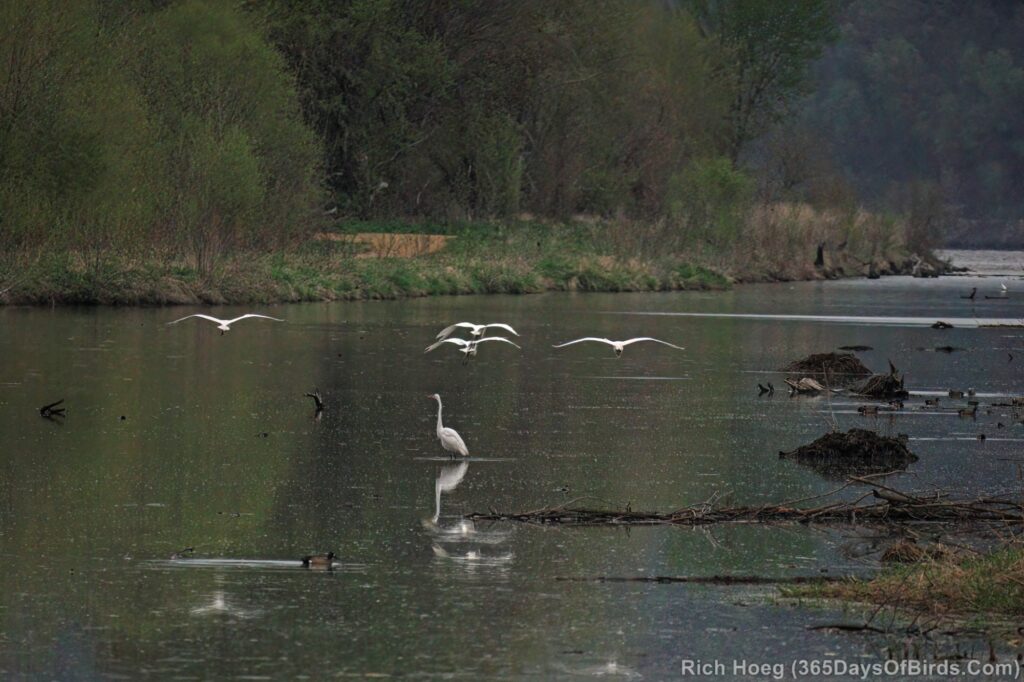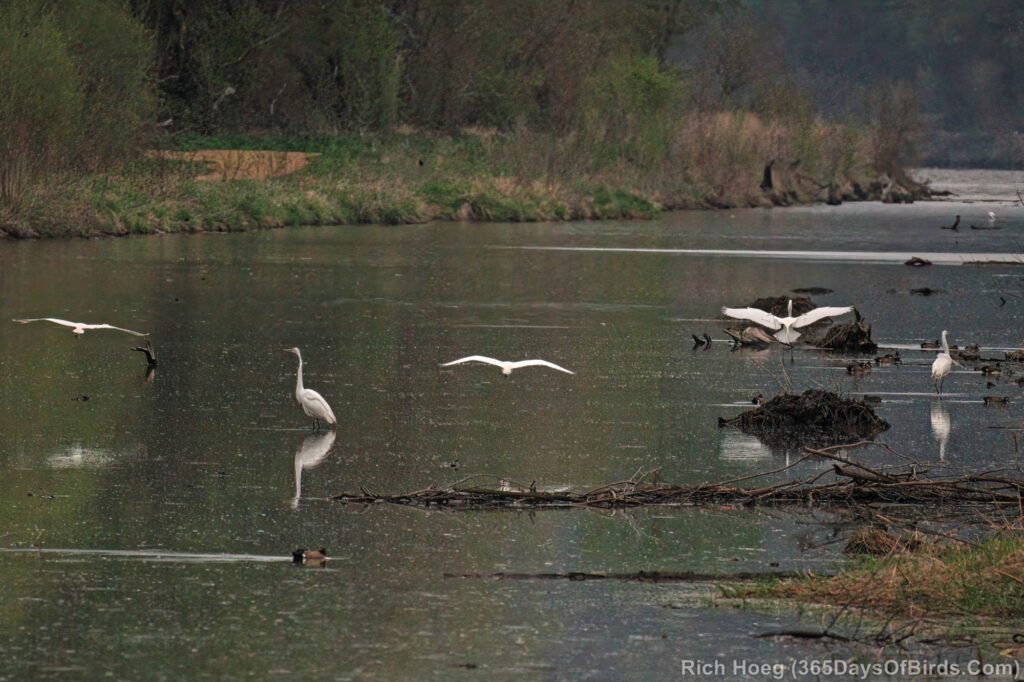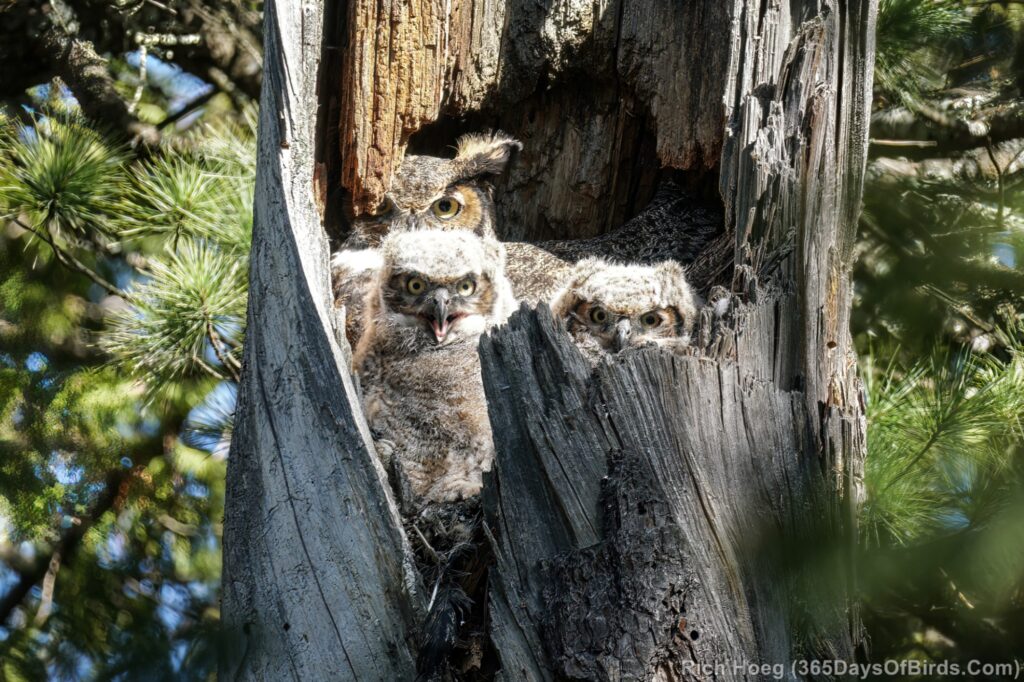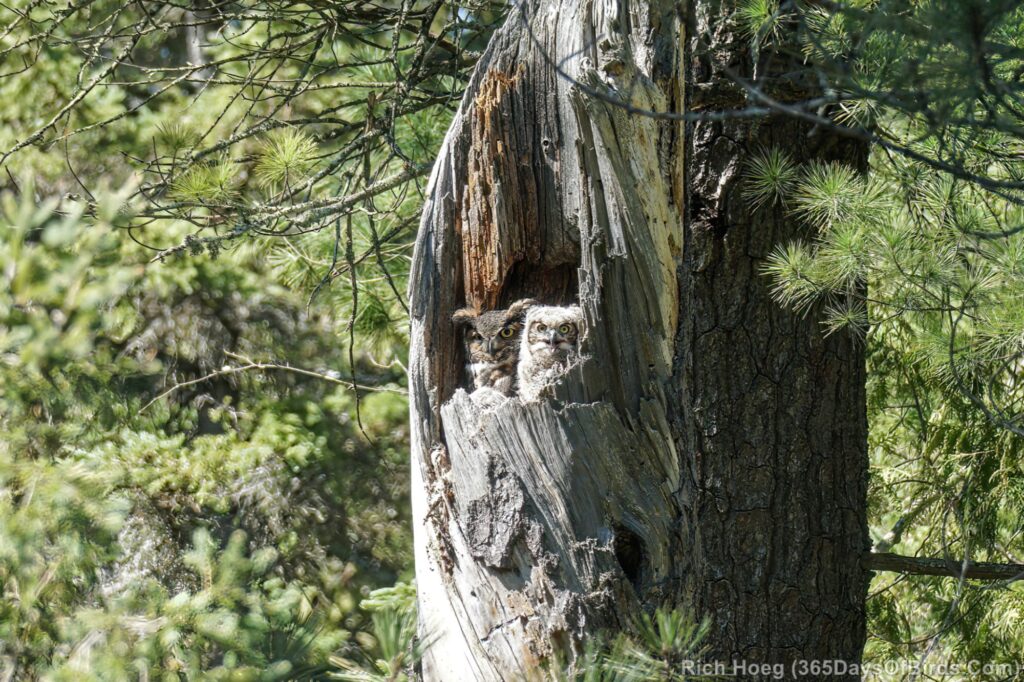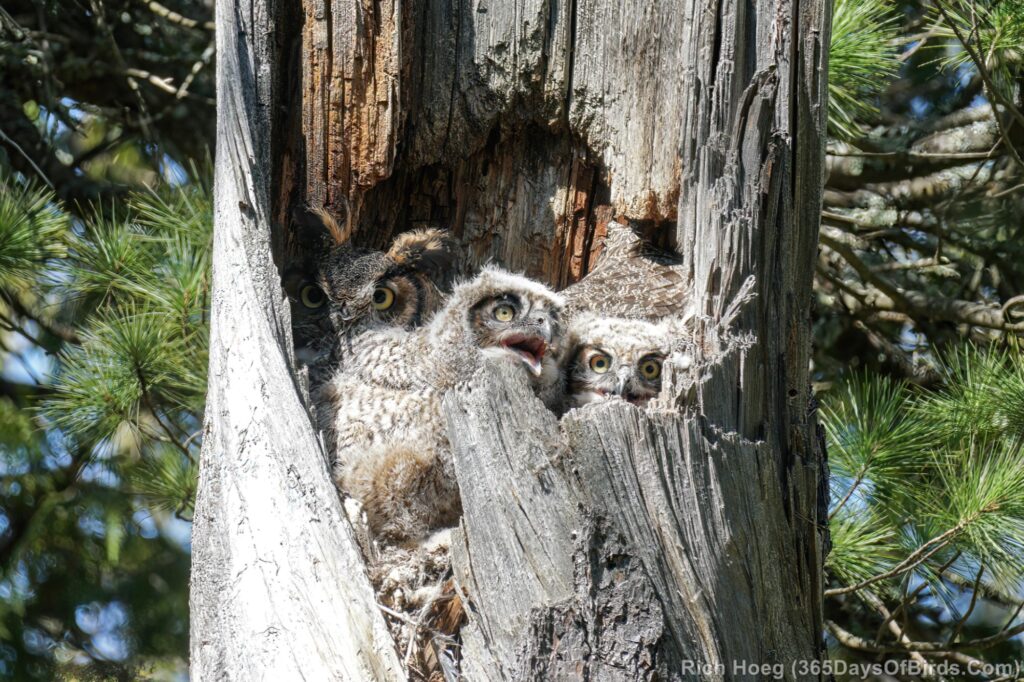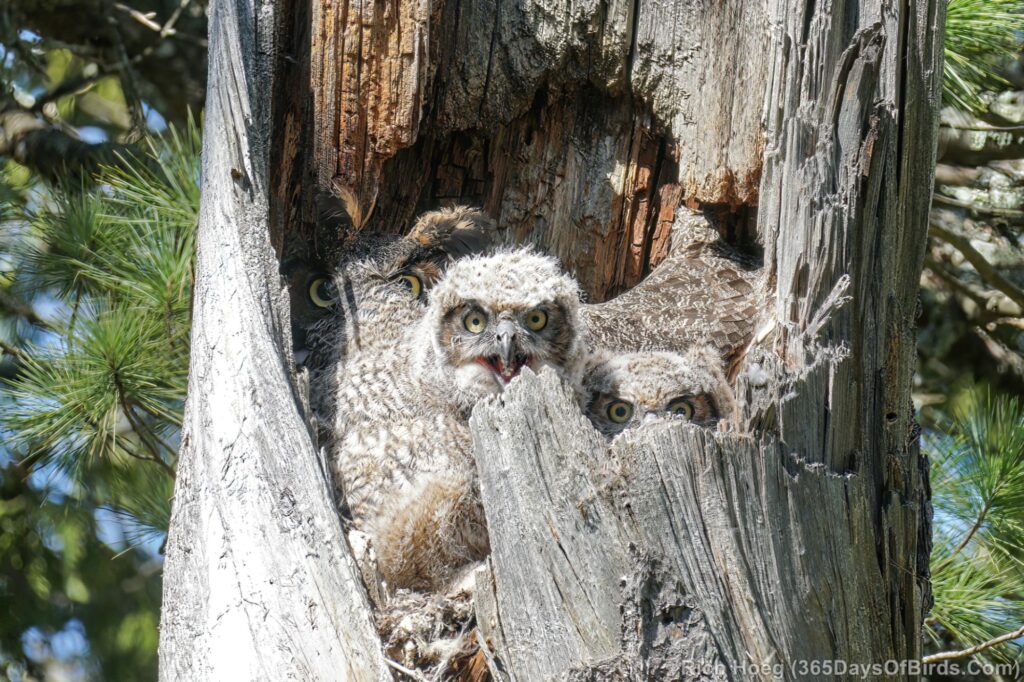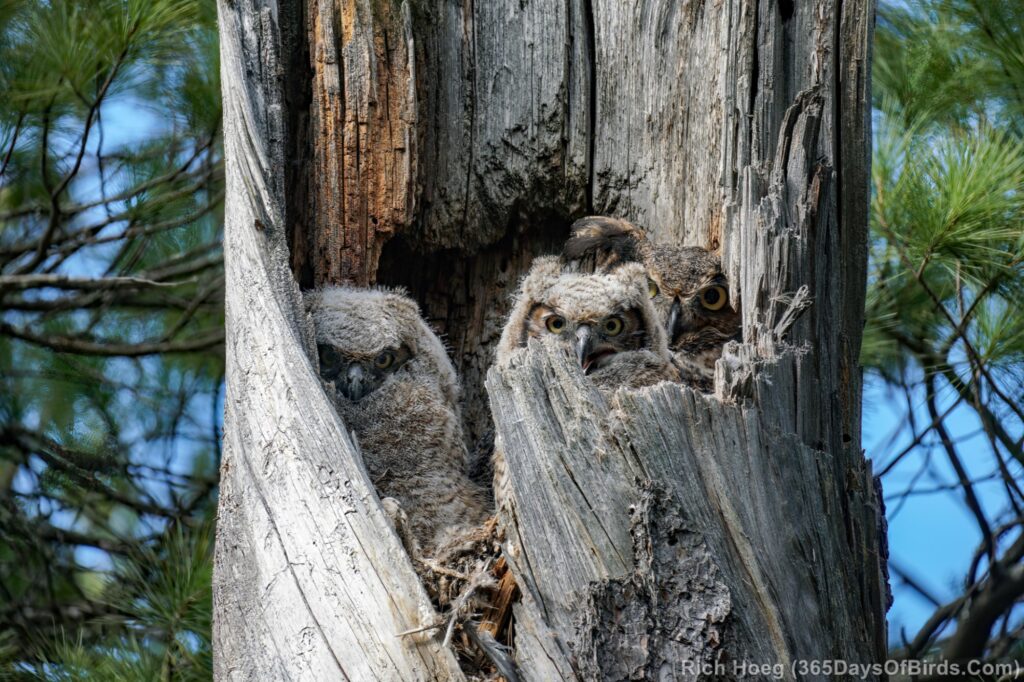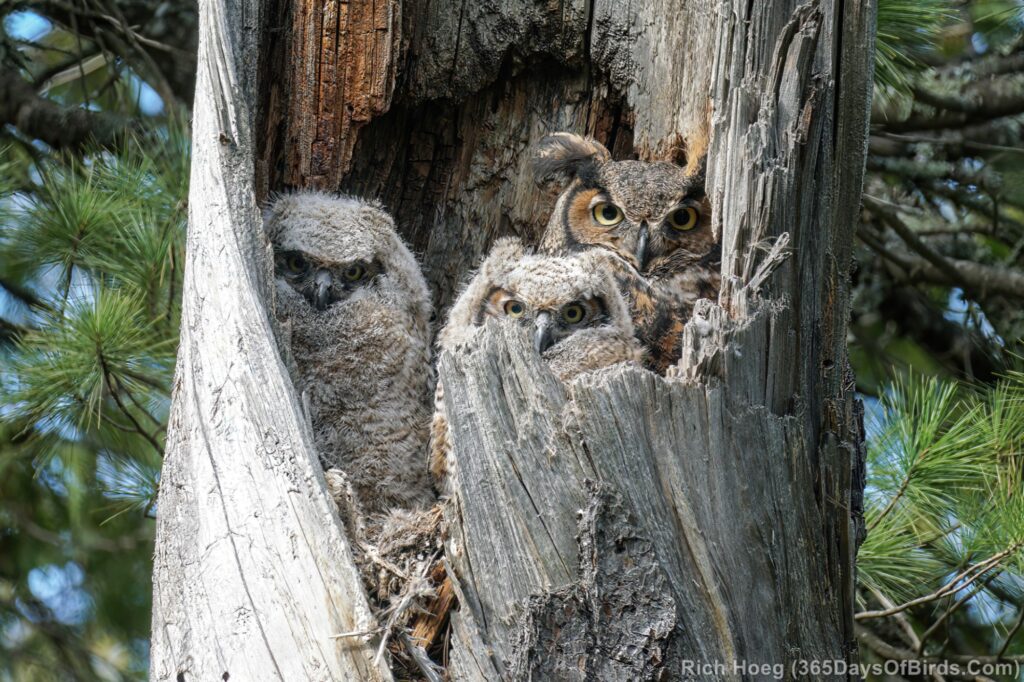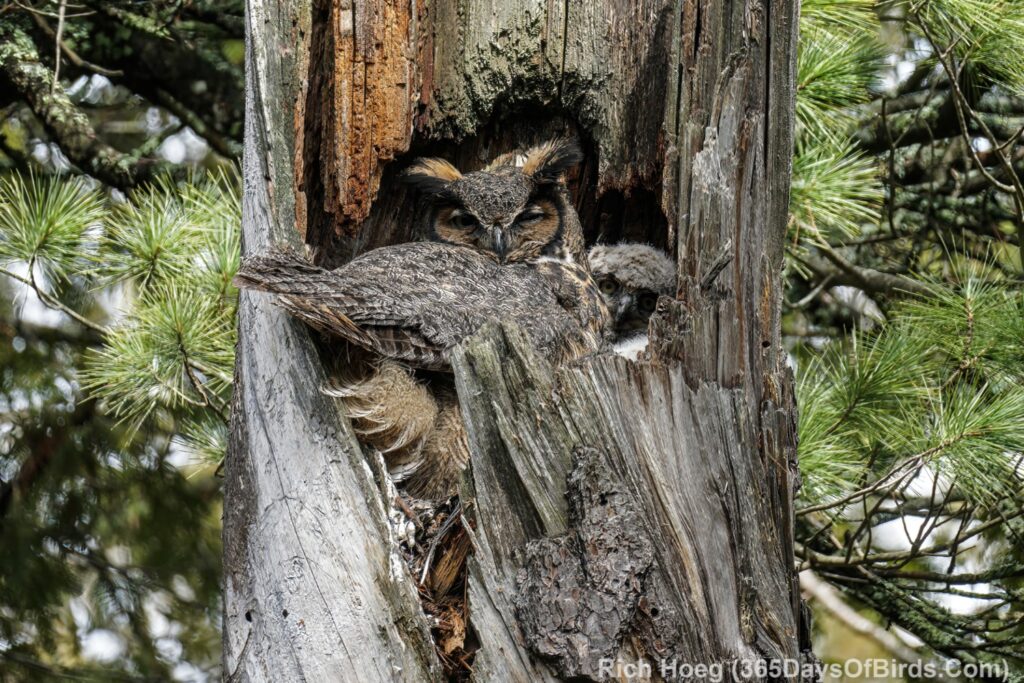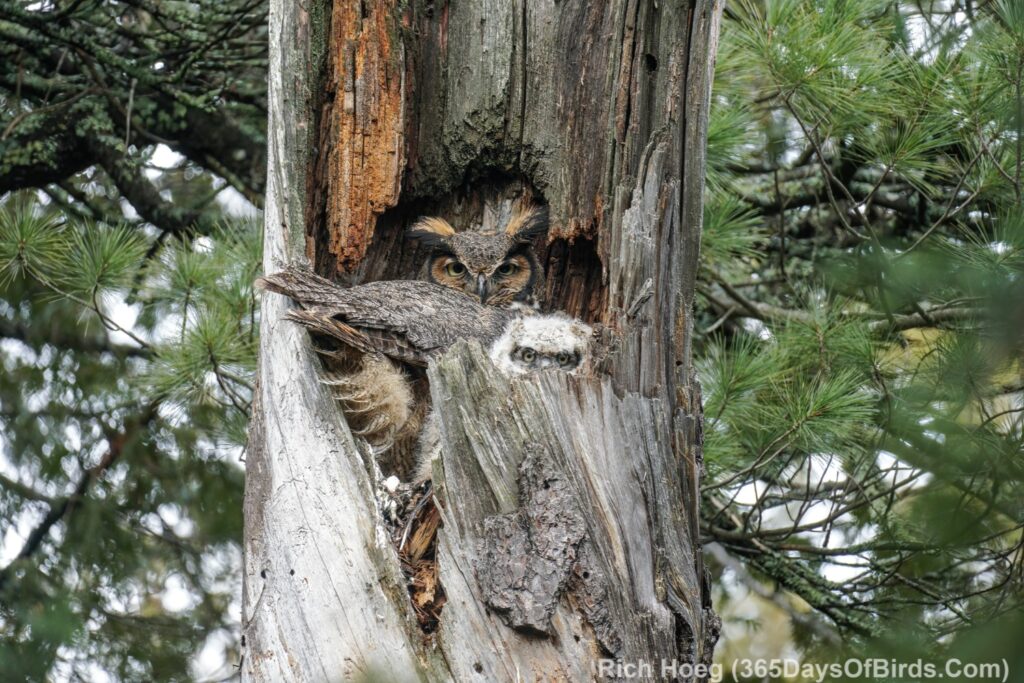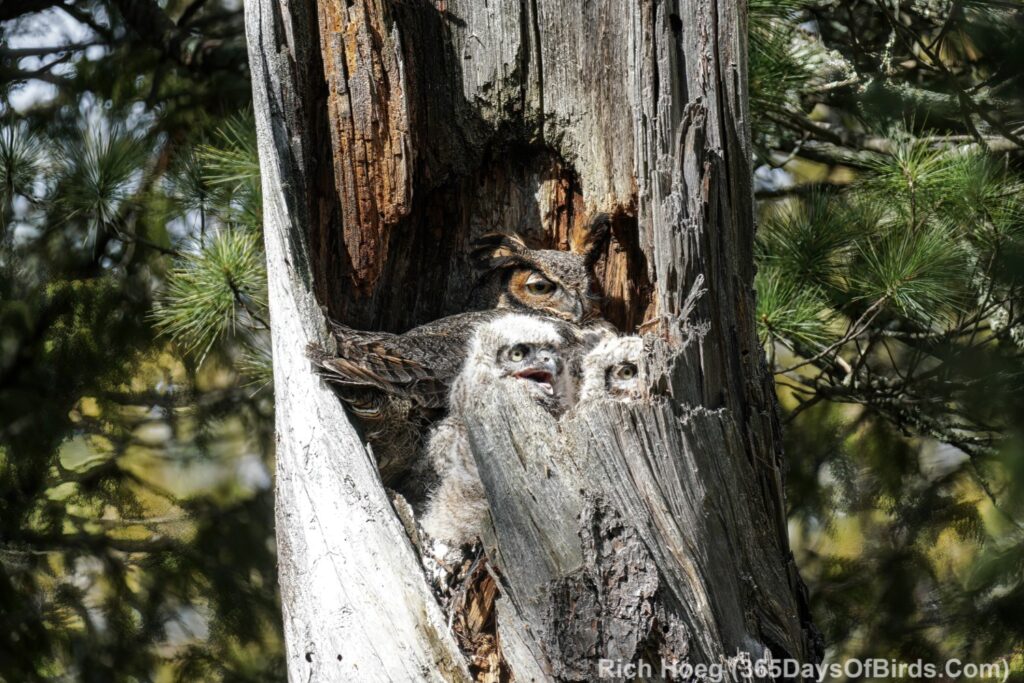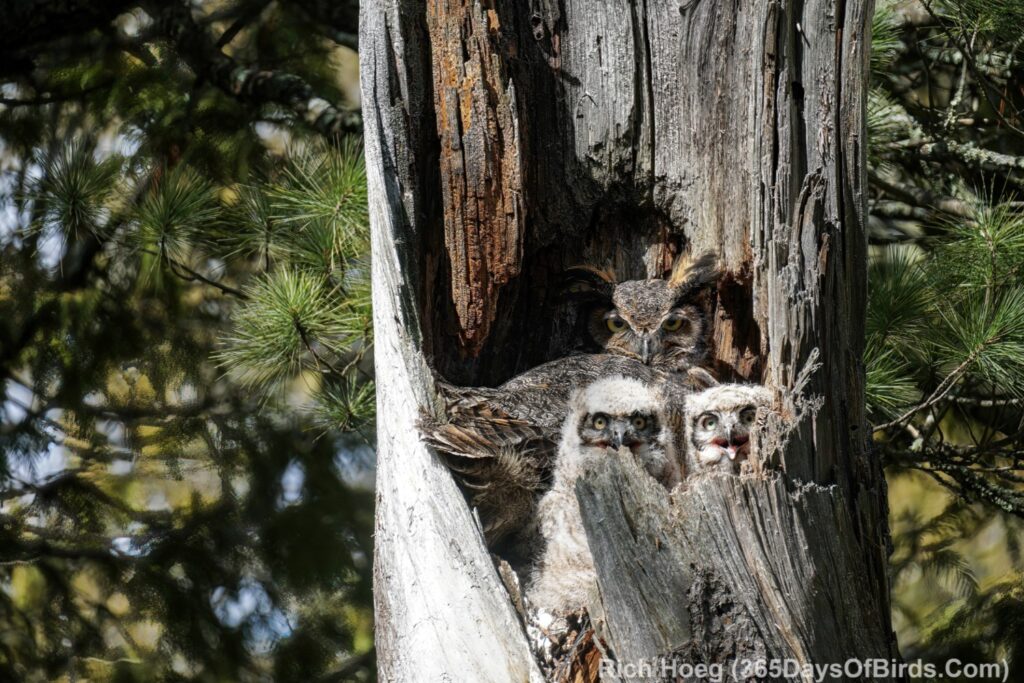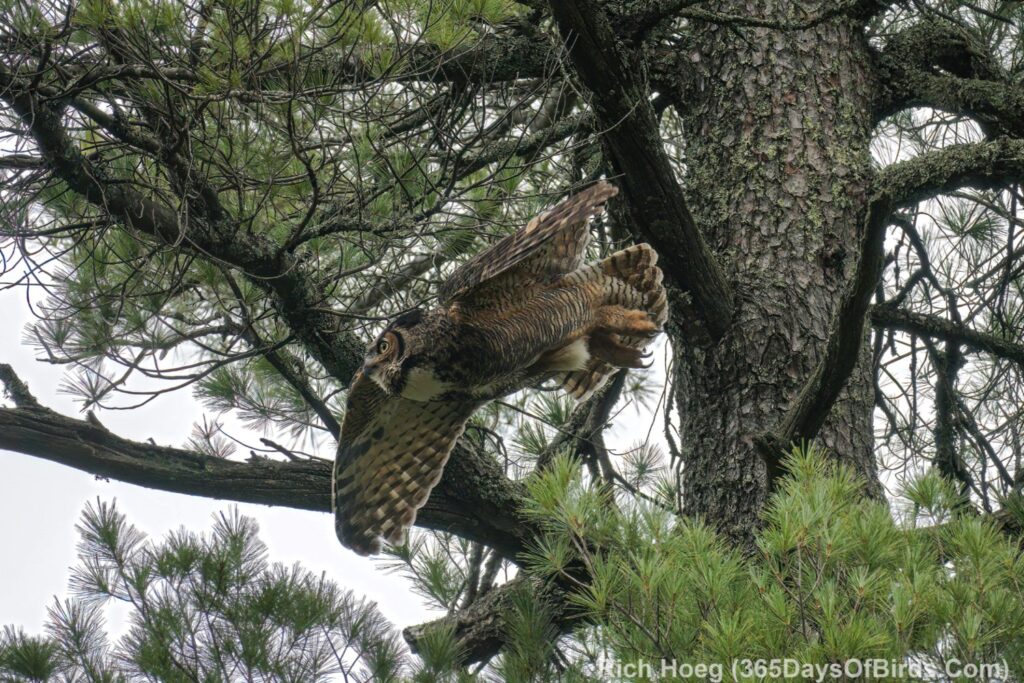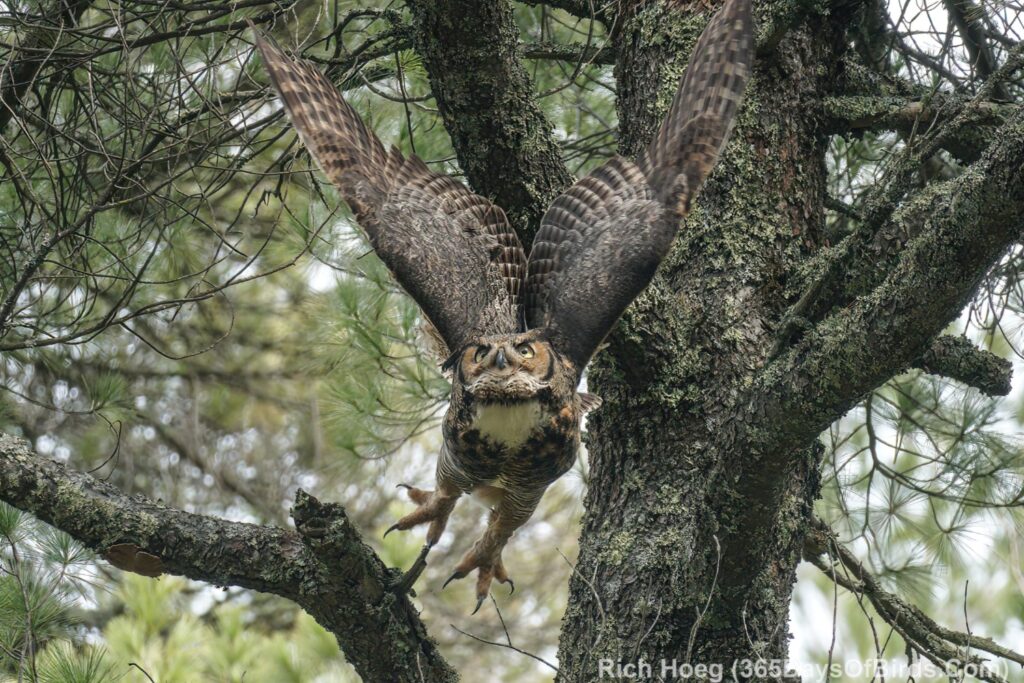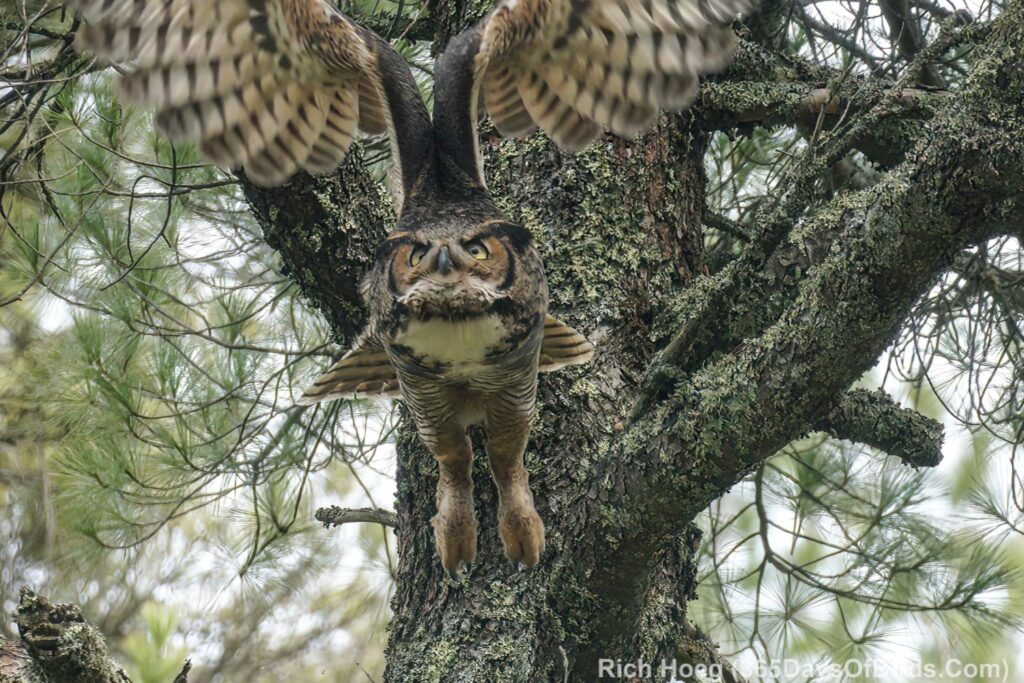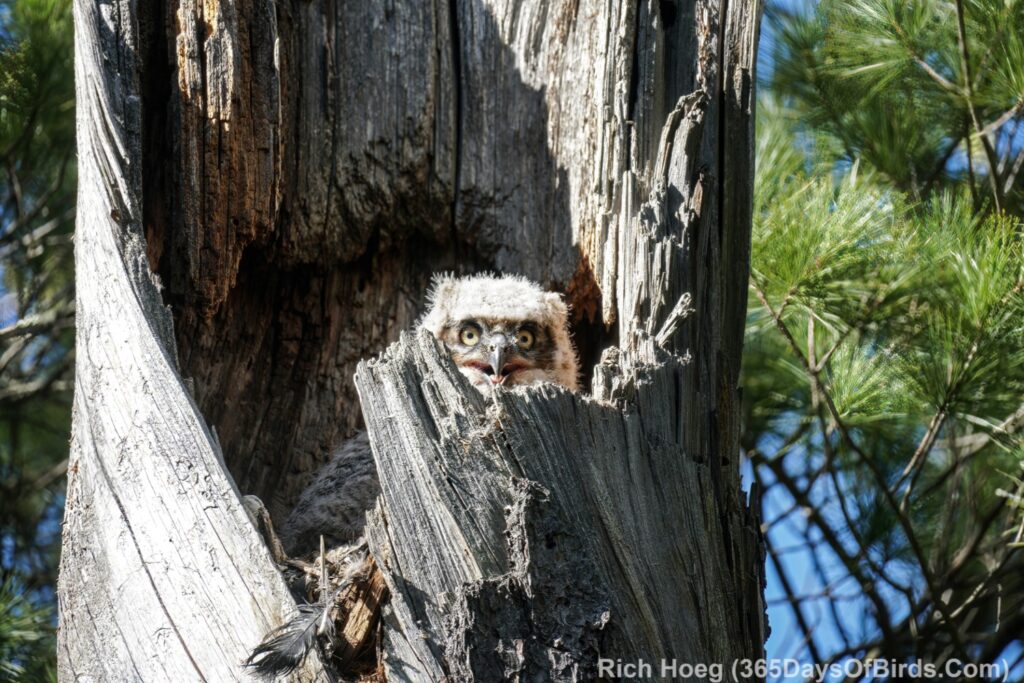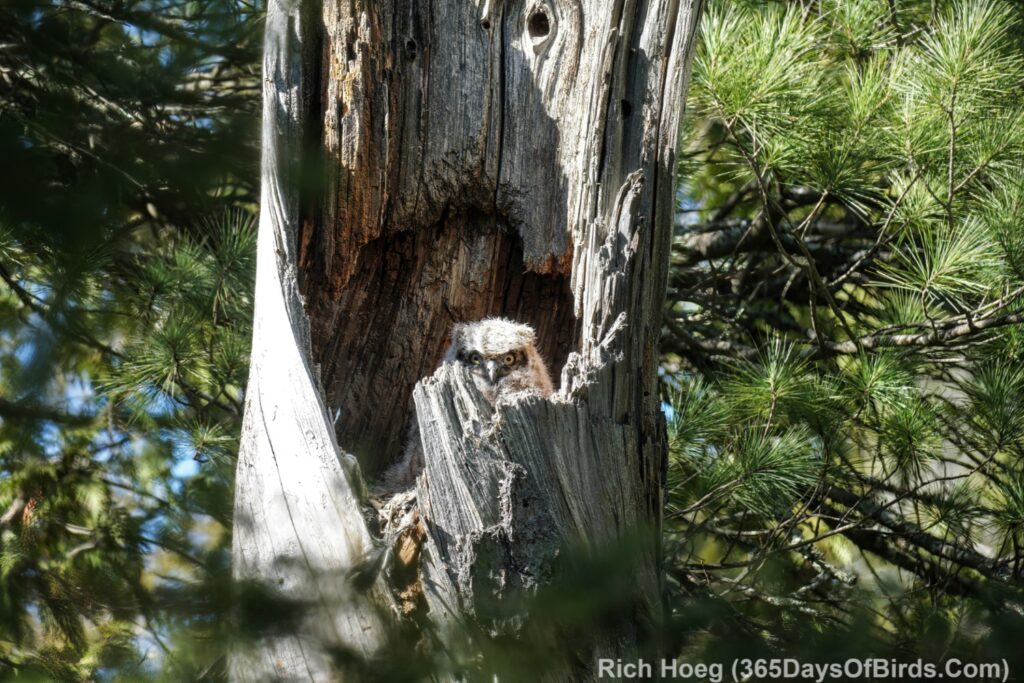The Northward Bird Migration is in full force. I keep a window open in our bedroom year round, and that means I get to hear the “Morning Sing”. Warning, you need to be an early rising person to enjoy the early morning sing. Right now in northern Minnesota with the sun rising a few minutes before 6:00 am, the morning song tends to start around 5:15 am, and the participants are changing daily as more bird species arrive back (or pass through) the Northland. By the first day of summer … the day with the longest amount of daylight … the morning song here at my house tends to start around 4:15 am (30 to 45 minutes before sunrise)
While most woodpecker species remain here throughout the winter, three species are migrants … two of which have made it back to the Northwoods in the past 7 to 10 days (at least the males claiming prime breeding habitat). Not to far from our bedroom window is a large white pine which has a 20 foot tall dead left trunk … the perfect drumming tree. At 5:15 am, my alarm clock woodpecker, a Yellow-Bellied Sapsucker, arrives to put on its first performances of the new day. Apparently Northern Flickers are birds which enjoy sleeping in a bit. The flickers ALWAYS arrive 20 to 25 minutes after the sapsucker. The exact same tree is utilized with a different rhythm and beat! It is always funny to see who responds to the drumming. Quite often other woodpecker species arrive to check out who is giving the performance, but only the “right species” takes a true interest!
Yellow-Bellied Sapsucker / Alarm Clock Bird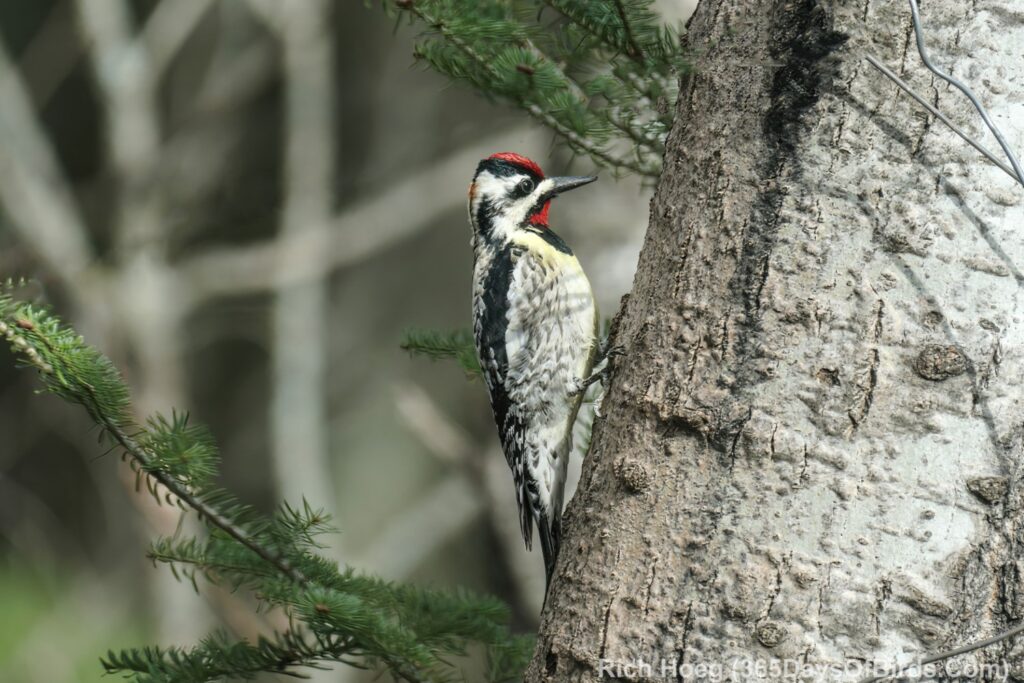
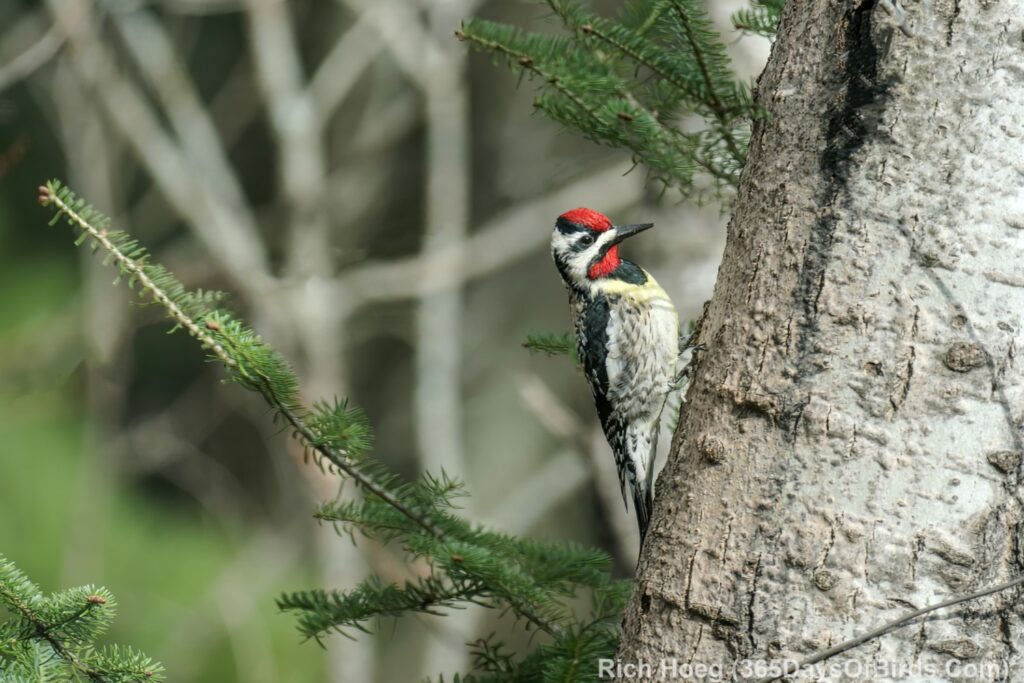
If you would like to learn what birds are migrating though your area right now (or mine at the head of Lake Superior), read up on my Haikubox which records what is singing in or near my yard. You may also connect to Haikuboxes at various points on different migration highways. Learn more …
Here is the link for my own Haikubox. You may wish to select the data for the birds that sang in my yard yesterday … a 24 hour period.
